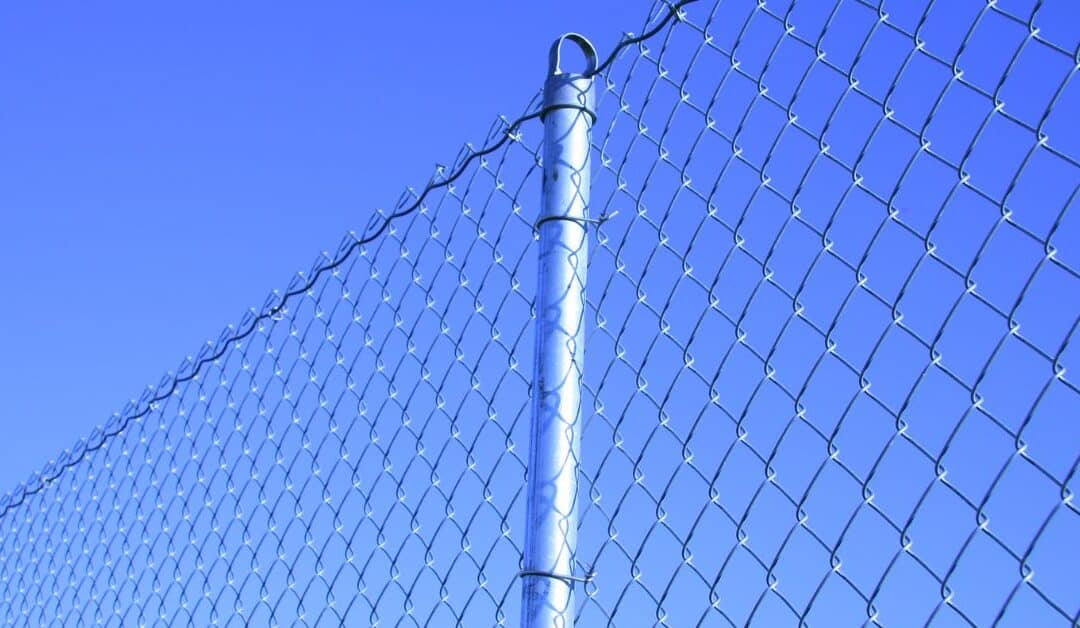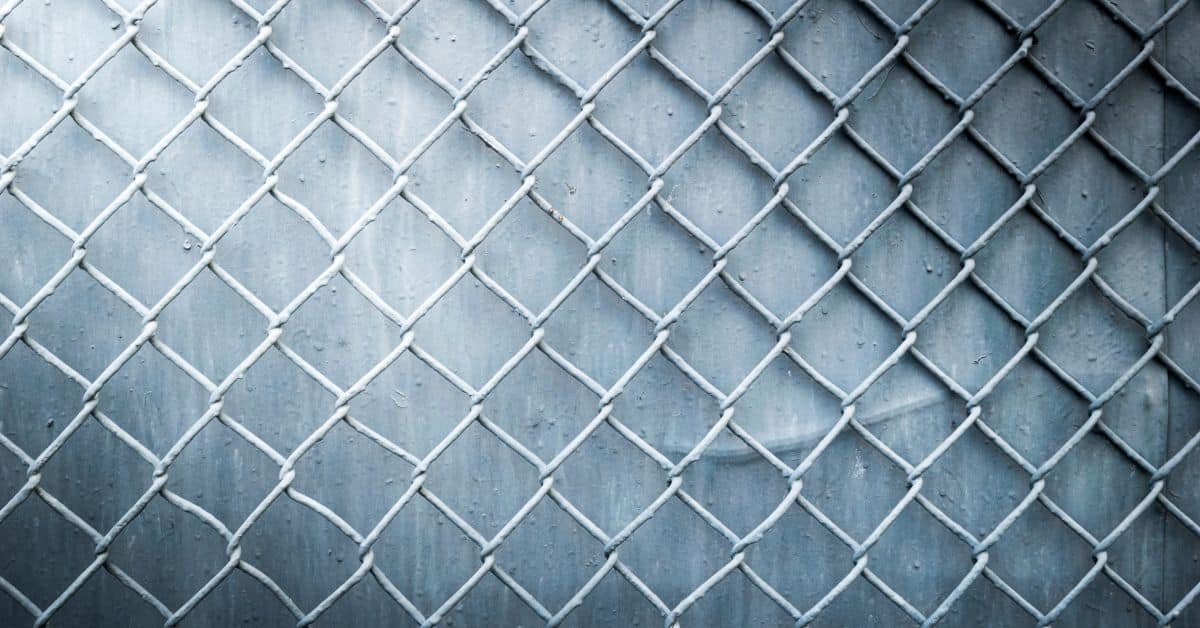Temporary fencing is a great way to deter trespassers and establish a perimeter for your next outdoor project. With their easy installation and reasonable price, many construction managers and event planners use these structures to protect their sites.
Whether you’re planning a construction site or staging an event, assess your site requirements, determine how long you’ll need temporary fencing, and learn how to extend its lifespan.
The Basics of Temporary Fencing
Depending on the materials you plan to use and the site’s environment, the temporary fence’s lifespan can vary. Book a fence rental with the following elements in mind to prevent unnecessary repairs and prolong the rental period.
Material Durability and Strength
Temporary fencing typically comprises galvanized steel that’s lightweight and durable. The protective coating prevents corrosion and rust, so the fence remains sturdy. High-quality materials can handle wear and tear from both weather and site activities.
For example, the construction panel fencing provided by rentafence.com is tough and long-lasting. Made from sturdy materials, these fences can withstand the heavy loads and changing conditions that construction sites demand. For extra protection around your perimeter, install a temporary fence made from durable materials to preserve its lifespan.
Environmental Factors
Temporary fencing requires thorough installation to withstand harsh weather. Rain, strong winds, and exposure to sunlight can gradually degrade the structural integrity of fencing materials. To protect the fencing and your site, consider including protective accessories, such as windscreens and sandbags, as part of your rental. They will minimize environmental challenges and prolong the usability of the fencing.
Temporary Fencing for Construction Projects
For construction projects in particular, temporary fencing protects the equipment, materials, and staff. From securing the perimeter to regulating site access, temporary fencing serves multiple purposes.
Short-Term vs. Long-Term Use
Construction projects that last only a few months require standard temporary fencing panels. These panels are lightweight, easy to install, and adjustable for short-term needs.
Long projects, however, may require post-driven fences that offer greater stability and durability, especially for sites that feature heavy equipment and frequent traffic. Before booking a fencing rental, determine the timeline for your project with enough flexibility to account for unexpected changes in the schedule. With this timeframe in mind, choose between temporary and permanent fencing for a construction project.
Maintenance Tips for Longevity
Maintaining fencing on a construction site prevents costly repairs and reinstallations. This involves regular inspections to check for damage, removing debris, and reinforcing areas that may experience extra load or strain. For particularly busy sites, consider a professional installation and repair service to keep the fence in top condition throughout the project’s timeline.
Event-Specific Temporary Fencing Needs
When hosting an outdoor event, a temporary fencing structure can contain attendees, staff, and performers in a safe, enclosed space. Events commonly have more temporary fencing needs and specialized requirements compared to construction sites. For a great turnout, align the rental with the event’s characteristics.
Short-Term Requirements for Events
Since most events last from a few hours to a few days, lightweight, portable fencing is the perfect solution for small, short-term events. Customize the fencing’s placement for crowd control, VIP sectioning, or equipment protection. Privacy screens or barricades also improve the functionality of fencing at events.
Planning and Clean-Up
Planning the layout of temporary fencing will make the event more efficient and secure. Coordinate the installation with your event schedule and create a blueprint of the venue layout ahead of time to avoid delays. After the event, inspect the fencing for any signs of wear or damage before dismantling. Notify the rental company with any concerns regarding the fence’s condition or dismantling process.
Customize Temporary Fencing for Specialized Projects
Some projects and events might require customized temporary fencing solutions. These personalization options allow you to utilize your temporary fencing’s lifespan for as long as you need it. Finding the right configuration and add-ons involves assessing the purpose and duration of its use.
Project Requirements
Whether you’re hosting a festival or managing wildlife protection, temporary fences come in various types. For example, short-term projects may require a tall, chain link panel along with crowd control barriers to design the event layout.
Additional Accessories
Fencing accessories including gates, privacy screens, and windscreens improve the rental’s functionality and durability. By shielding the main structure, these attachments minimize exposure to external elements, which may otherwise shorten the lifespan of the fencing.
Frequently Asked Questions About Temporary Fencing
If you have concerns regarding your rental, contact the rental company for clarification. A full understanding about your fencing requirements can simplify the selection and rental process.
What Are the Benefits of Temporary Fencing?
Temporary fencing offers flexibility, cost-efficiency, and ease of installation, making it ideal for numerous projects. It provides sites with security, controlled access, and protection of property and individuals without the commitment of permanent barriers. For short-term security solutions to mitigate trespassers and protect equipment and staff, these temporary structures will benefit the project.
Are Temporary Fences Reusable?
Temporary fences offer several layouts to accommodate a number of projects. If you plan on hosting multiple events or scheduling construction projects in succession, consider extending your rental period to use the same fencing for each event. Proper dismantling, cleaning, and storage after each use protects the fence so it remains functional for future projects and events.
Maintenance Tips for Temporary Fencing
Maintaining temporary fencing will lengthen its lifespan. Routine checks and proactive care can keep the structure in great condition.
Scheduled Inspections
Regularly inspecting fences for rust, loose parts, and damage addresses problems before they worsen. This extends the structure’s usability and maintains safety and security standards.
Professional Repairs
Project managers can fix minor damages on-site, but many professionals recommend repair services for more serious concerns. For instance, if you notice any tears in your chain link fence or damages along the posts, contact the rental company for a replacement panel to prolong its lifespan.
Before settling on a permanent fencing structure for an event or construction project, remember that temporary fencing can provide the same durability and protection at a fraction of the cost. If you have any further questions, contact the specialists at rentafence.com for professional insights regarding your next project.




Recent Comments